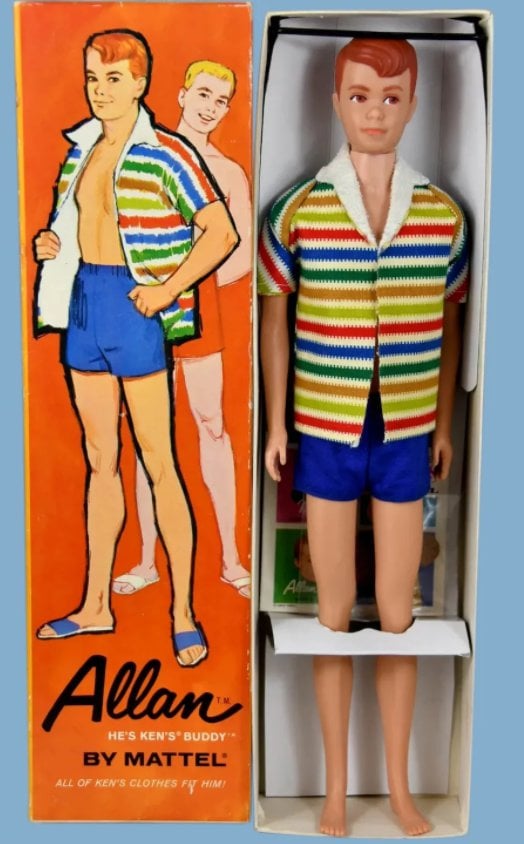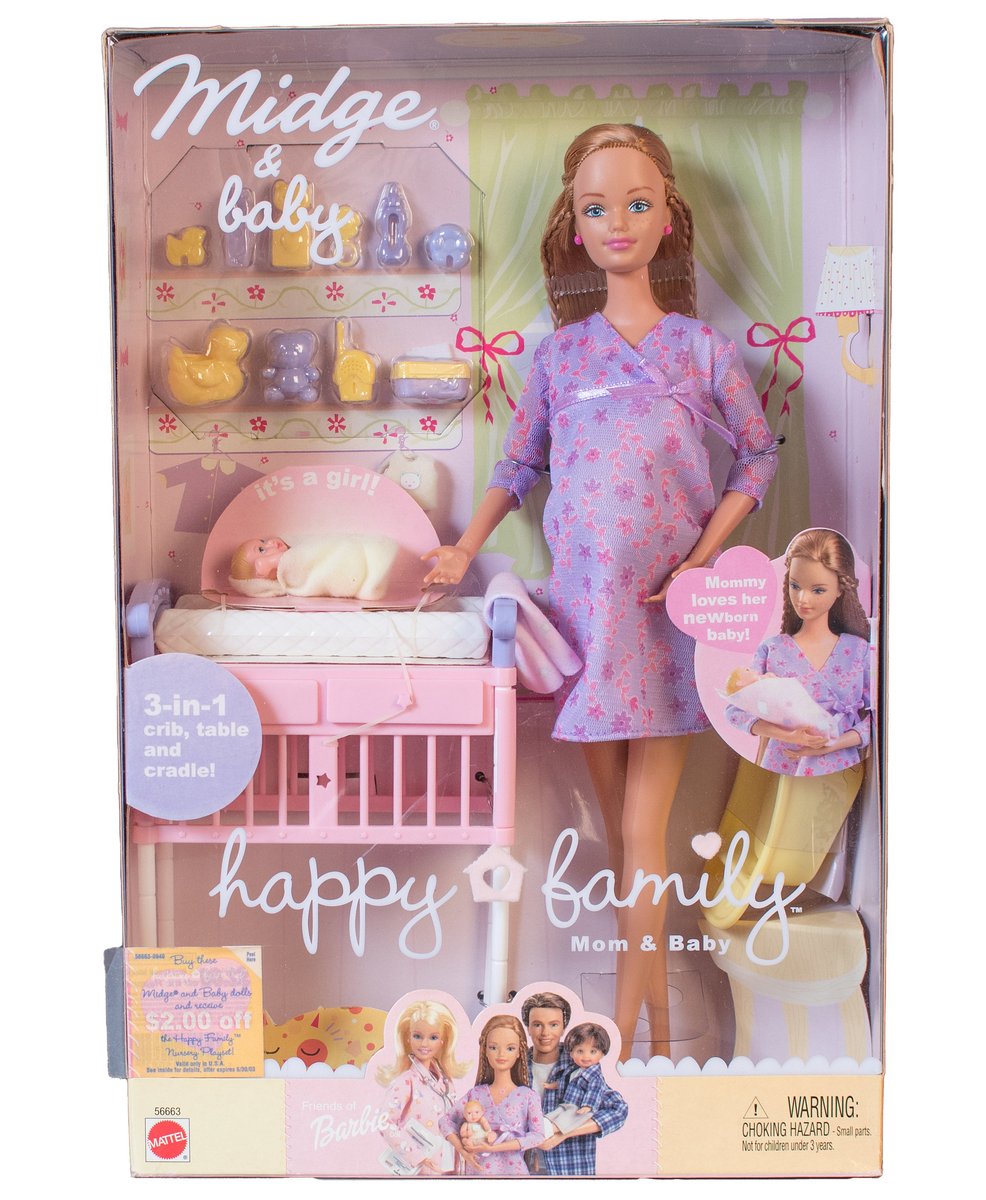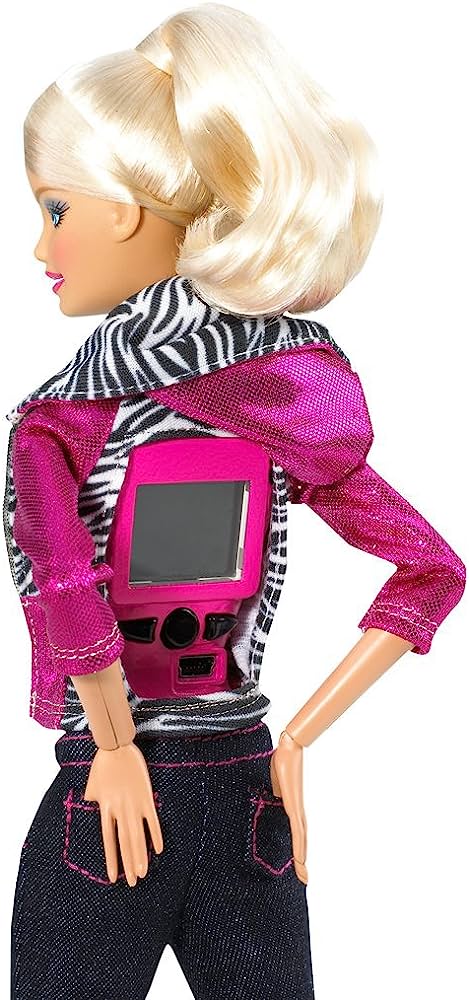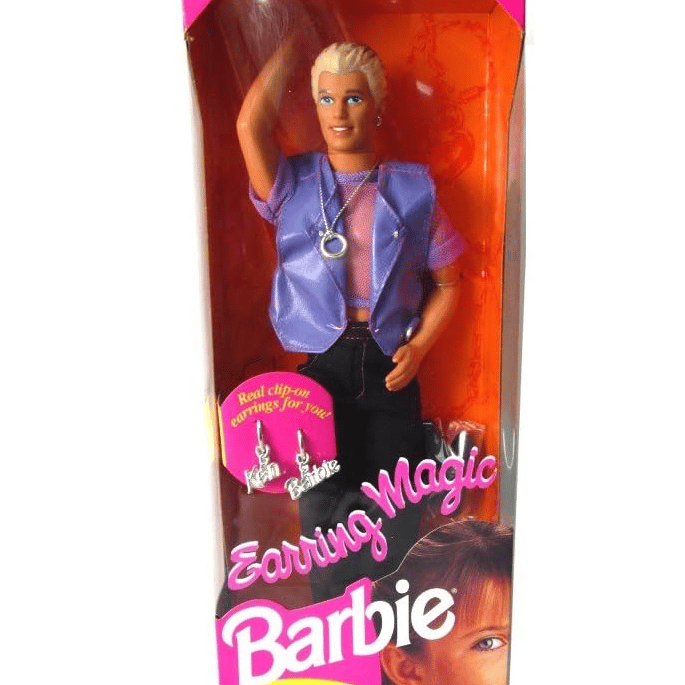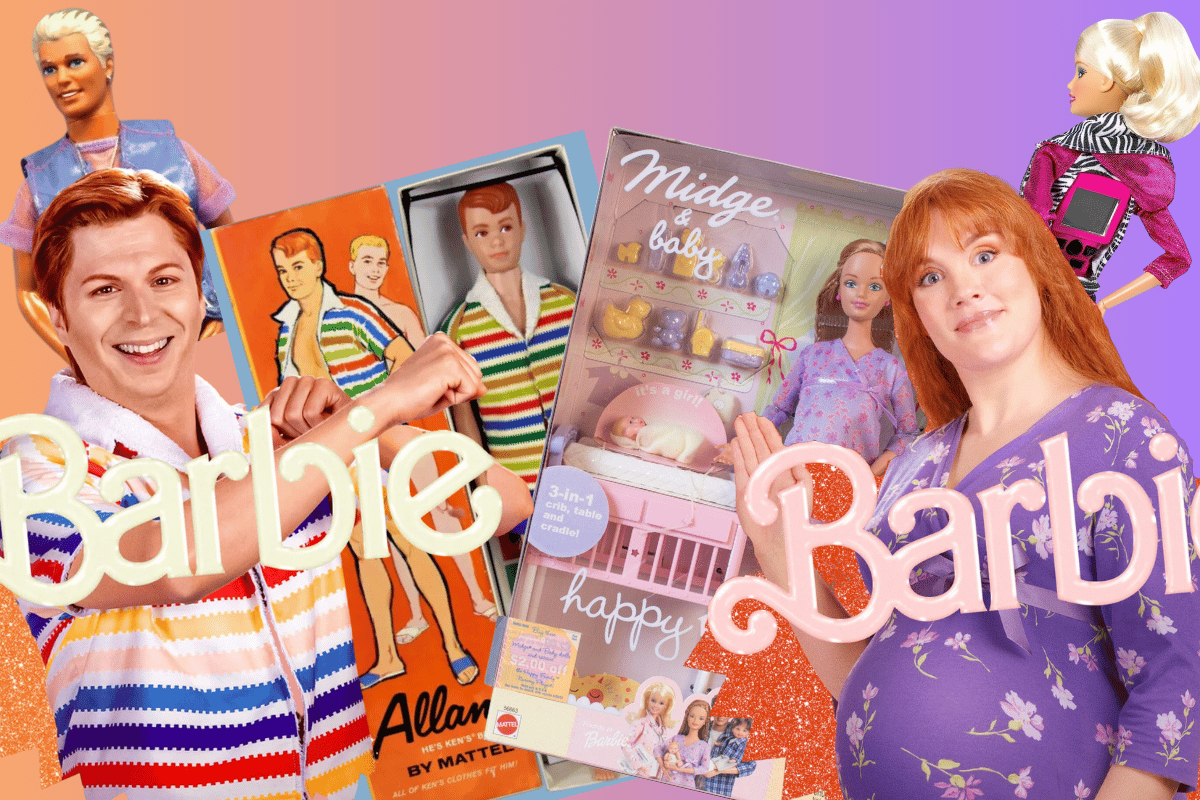
Whether you hate Barbie or happen to be a Mattel superfan, there's a lot to like in the Barbie movie.
The Margot Robbie-led film by director and writer Greta Gerwig doesn't take itself too seriously when it comes to the history of Barbie, especially regarding some of the dolls from the archives we'd all sooner forget.
Of course, there's breakout doll Allan, played effortlessly by Michael Cera, who was first marketed simply as "Ken's buddy". Lucky for poor Allan, he has come into his own in the movie.
And who can forget Midge, the pregnant Barbie doll? Yep, she makes several awkward appearances in Barbie.
There's a bunch of hilarious cameos from controversial dolls that were discontinued, and we've rounded them all up, along with their rather dark origin stories.
It turns out, life in plastic has not always been fantastic.
The Allan Barbie Doll.
Allan emerged as the unexpected hero of the Barbie movie – which is no small feat for a doll most people forgot ever existed. The doll was introduced in 1964 as “Ken’s Buddy Allan,” with the selling point that umm, “all of Ken’s clothes fit him.”
Allan was named after the son-in-law of Mattel co-founder Ruth Handler. Allan actually married Barbie's friend Midge, but more on that doll later. Allan and Midge were added to the Barbie universe so that Barbie and Ken would have a couple to go on double dates with.
